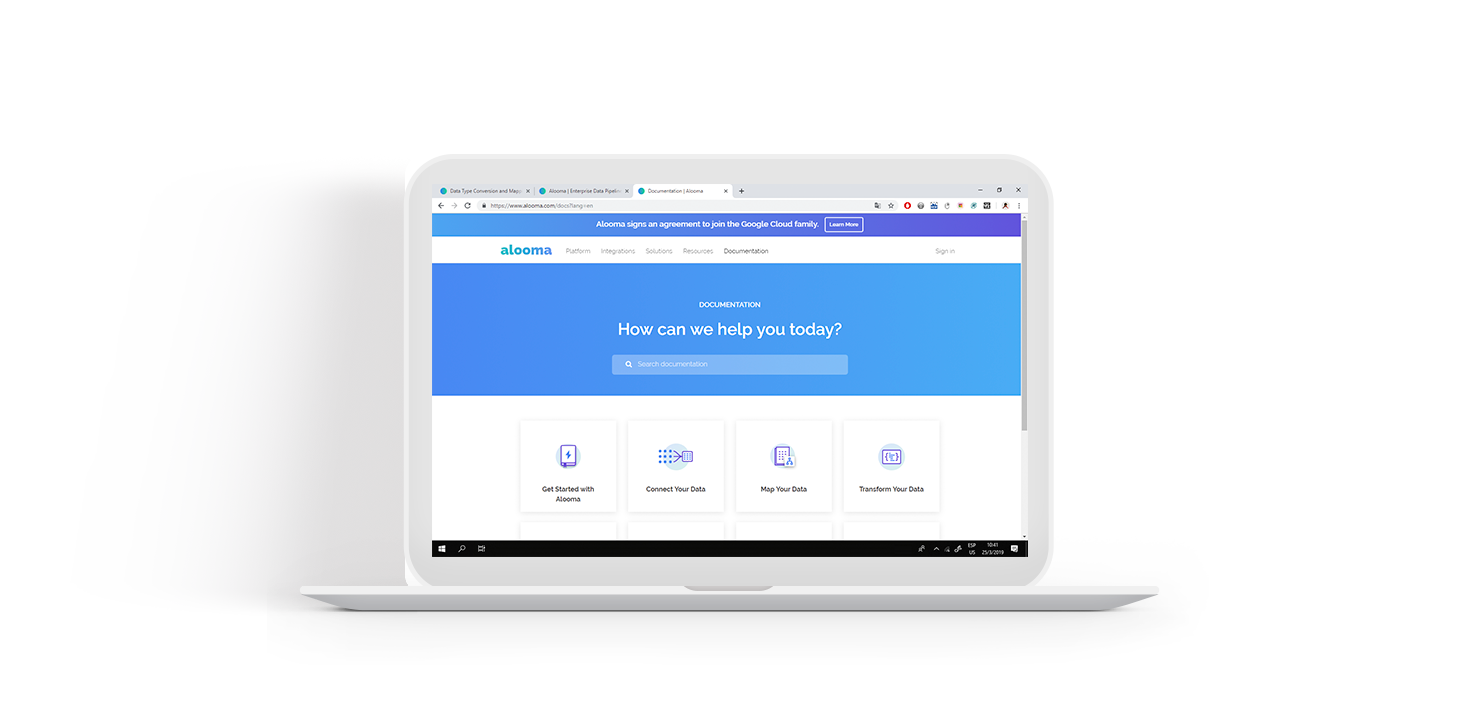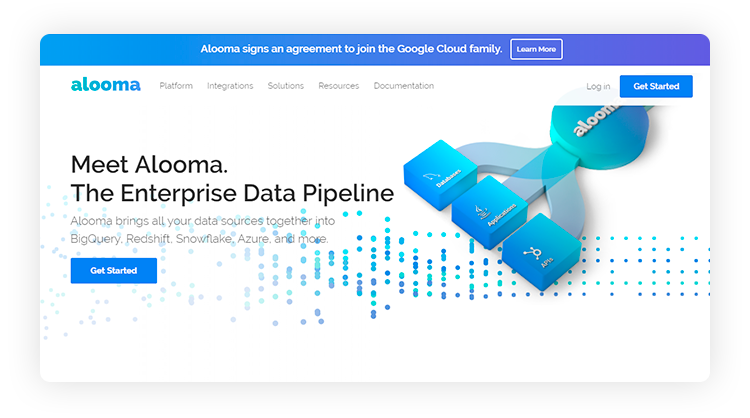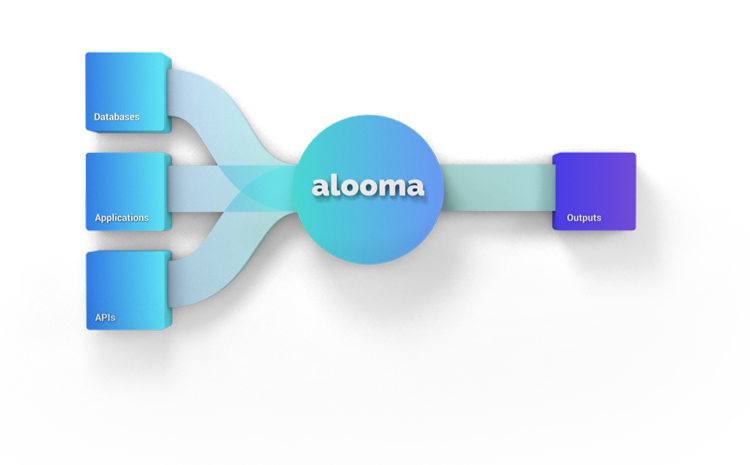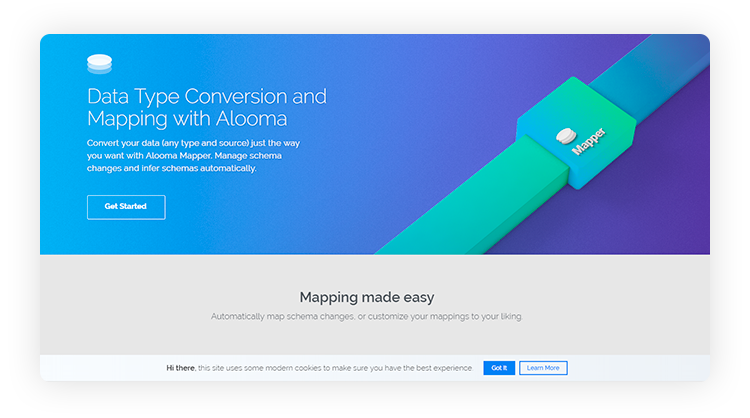Data storage, extraction, and flow are high priorities in today’s telecommunications world, where it seems all information is just a keystroke away. With the prevalence of ever-changing technologies and data being stored in more than one place, it is essential to have tools like data pipelines at hand.
So, what is a data pipeline? While you might have already formed a picture in your head, there are no actual pipes involved. Much like regular pipes, though, data pipelines allow data to flow from A to B. It automates the complex process of extracting, transforming, combining, validating, and loading data, making it considerably more efficient.





